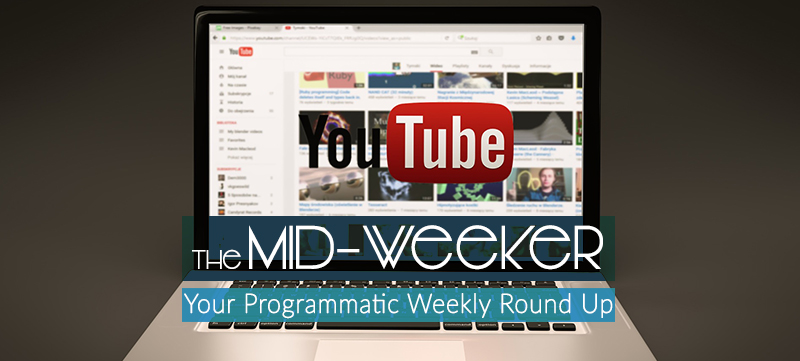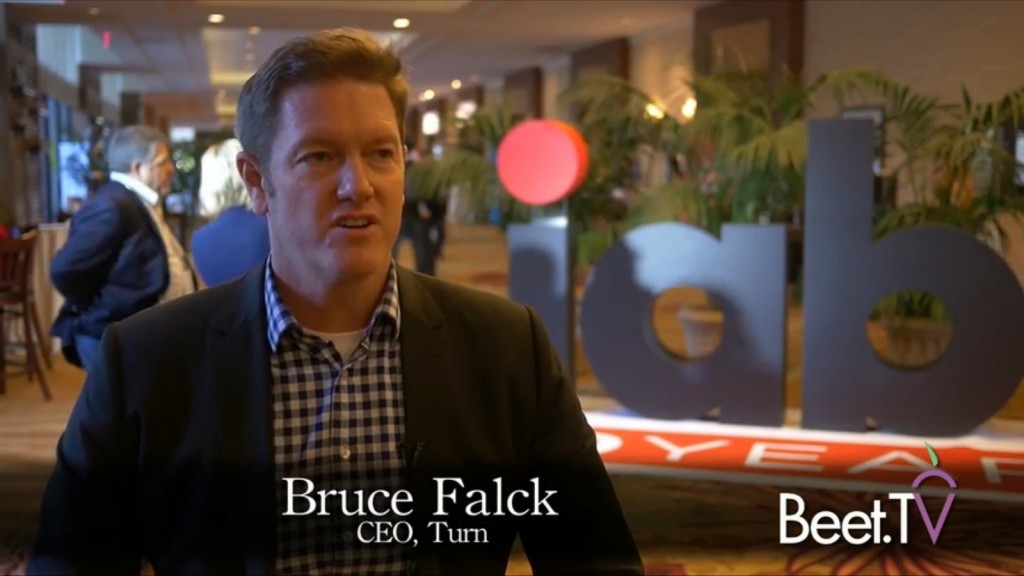Turn’s CEO, Bruce Falck, discusses Video and the ‘Three-Legged Stool’.
Turn’s new CEO Bruce Falck, discusses Video and the ‘Three-Legged Stool’ with Beet.TV Watch Here.
Does Twitter Have What It Takes To Be An Ad Tech Contender?
 At the end of January, Twitter saw five executive exits – including product SVP Kevin Weil, who departed to lead product at Instagram – and a stock price that didn’t know which way was up. With a number of employee losses at Twitter, the social media platform has been quick to remind people that it is not a rudderless ship with there being much more stability on the advertising side of the house. Recently Twitter has been trying to attract new users without alienating existing ones. This can be seen with Twitter’s recently released storytelling tool, Moments, which curates tweets, photos, and videos into more easily digestible chunks, but has this been enough to make the company attractive to advertisers, and customers alike? Read More
At the end of January, Twitter saw five executive exits – including product SVP Kevin Weil, who departed to lead product at Instagram – and a stock price that didn’t know which way was up. With a number of employee losses at Twitter, the social media platform has been quick to remind people that it is not a rudderless ship with there being much more stability on the advertising side of the house. Recently Twitter has been trying to attract new users without alienating existing ones. This can be seen with Twitter’s recently released storytelling tool, Moments, which curates tweets, photos, and videos into more easily digestible chunks, but has this been enough to make the company attractive to advertisers, and customers alike? Read More
Forward Markets: The Best of Programmatic Direct and Header Bidding
 Comparing the pros and cons of both Programmatic Direct and Header bidding, Tom Triscari, the CEO of Labmatik, argues that the way forward is through programmatic forwards or programmatic futures. Programmatic forwards, or futures, bring together the value of header bidding and the promise of programmatic direct by giving both buyer and seller what they want. Triscani further explains, through three unique points, how a system of programmatic forwards would bring the best of leader bidding and programmatic direct into a single approach that actually gets the job done in a way that neither one, on its own, can accomplish. Read More.
Comparing the pros and cons of both Programmatic Direct and Header bidding, Tom Triscari, the CEO of Labmatik, argues that the way forward is through programmatic forwards or programmatic futures. Programmatic forwards, or futures, bring together the value of header bidding and the promise of programmatic direct by giving both buyer and seller what they want. Triscani further explains, through three unique points, how a system of programmatic forwards would bring the best of leader bidding and programmatic direct into a single approach that actually gets the job done in a way that neither one, on its own, can accomplish. Read More.
Is Cookie Targeting Dead? Yes, No ….. Maybe
 With the evolution of digital targeting comes the rise of addressable targeting platforms which enable brands to conduct individually personalized, people-based marketing at scale. Does this trend mean the end of cookies? The answer to that is … not necessarily, according to Karina Zmerli, VP of Digital Audience Mgmt. The basis of Zmerli’s argument is that, whilst addressable targeting is on the way up, the market is simply too small to ignore the importance of cookies with few big players (Facebook et al) in the market fully. Zmerli further states that cookies are just as relevant, if not even more so, today as they were in the past, and that cookie based data and addressable targeting can find a balance so that both can be beneficial. Read More.
With the evolution of digital targeting comes the rise of addressable targeting platforms which enable brands to conduct individually personalized, people-based marketing at scale. Does this trend mean the end of cookies? The answer to that is … not necessarily, according to Karina Zmerli, VP of Digital Audience Mgmt. The basis of Zmerli’s argument is that, whilst addressable targeting is on the way up, the market is simply too small to ignore the importance of cookies with few big players (Facebook et al) in the market fully. Zmerli further states that cookies are just as relevant, if not even more so, today as they were in the past, and that cookie based data and addressable targeting can find a balance so that both can be beneficial. Read More.
Time Inc Tackles Mobile Monetization With Next-Gen Deep Linking
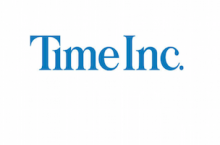 Matt Blake, chief product officer at Fansided, which is part of Time Inc’s Sports Illustrated portfolio , discusses the continual challenge of finding new ways to monetize without killing the user experience. Currently fansided sites only serve two banners, which can also only produce minimal monetary gains. For a publisher like Fansided, whose traffic skews heavily mobile – roughly 67% as of January – banners alone aren’t going to cut it. “Deep linking is where ads are headed”, Blake said “I wouldn’t be surprised if in another two or three years even any banner ad you click on didn’t deep link into an app”. In April, Fansided first started testing a deep-linking-powered mobile ad unit from URX, which came out of beta on Tuesday. Read More.
Matt Blake, chief product officer at Fansided, which is part of Time Inc’s Sports Illustrated portfolio , discusses the continual challenge of finding new ways to monetize without killing the user experience. Currently fansided sites only serve two banners, which can also only produce minimal monetary gains. For a publisher like Fansided, whose traffic skews heavily mobile – roughly 67% as of January – banners alone aren’t going to cut it. “Deep linking is where ads are headed”, Blake said “I wouldn’t be surprised if in another two or three years even any banner ad you click on didn’t deep link into an app”. In April, Fansided first started testing a deep-linking-powered mobile ad unit from URX, which came out of beta on Tuesday. Read More.
Intrusive Ads Motivating Ad Blocker Adoption; Advertisers Demand Higher Quality Inventory
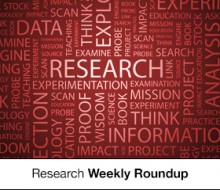 With the release of statistics from Q4, 2015, the exchangewire looks into the always topical subject of adblocker. Almost three-quarters (72%) of UK consumers stated that intrusive ads are the largest motivator for installing ad blockers, and more than eight-in-ten (84%) of UK consumers used ad blockers to remove pop-up ads, the increased demand for high quality adverts is apparent. In Q4, 2015 advertiser demand shifted toward higher quality mobile PMP inventory, with private marketplaces seeing a 45% increase from the first week of the quarter to November 27th, according to PubMatic’s ‘Quarterly Mobile Index Q4 2015’ Read More.
With the release of statistics from Q4, 2015, the exchangewire looks into the always topical subject of adblocker. Almost three-quarters (72%) of UK consumers stated that intrusive ads are the largest motivator for installing ad blockers, and more than eight-in-ten (84%) of UK consumers used ad blockers to remove pop-up ads, the increased demand for high quality adverts is apparent. In Q4, 2015 advertiser demand shifted toward higher quality mobile PMP inventory, with private marketplaces seeing a 45% increase from the first week of the quarter to November 27th, according to PubMatic’s ‘Quarterly Mobile Index Q4 2015’ Read More.
Google Touts Traction with Mobile Ads, YouTube’s TrueView In Q4
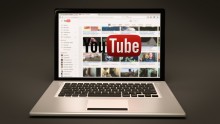 Even though CPC’s declined 13% in the period Q4 2014 compared to Q4 2015, Google’s new overarching company, Alphabet, saw an increase of 31% in paid clicks for the same period. Alphabet said growth in paid clicks indicated its ads, especially mobile, were more relevant and better optimized than before. Further to this Google’s CEO, Sunder Pichai, called YouTube a “must have for brand marketers”, adding that YouTube reaches more 18-40 year olds than any cable network. Furthermore in the week leading up to the 27th of November, this last holiday shopping season, more than 60% of impressions bought or sold programmatically through DoubleClick came from mobile. Read More.
Even though CPC’s declined 13% in the period Q4 2014 compared to Q4 2015, Google’s new overarching company, Alphabet, saw an increase of 31% in paid clicks for the same period. Alphabet said growth in paid clicks indicated its ads, especially mobile, were more relevant and better optimized than before. Further to this Google’s CEO, Sunder Pichai, called YouTube a “must have for brand marketers”, adding that YouTube reaches more 18-40 year olds than any cable network. Furthermore in the week leading up to the 27th of November, this last holiday shopping season, more than 60% of impressions bought or sold programmatically through DoubleClick came from mobile. Read More.

